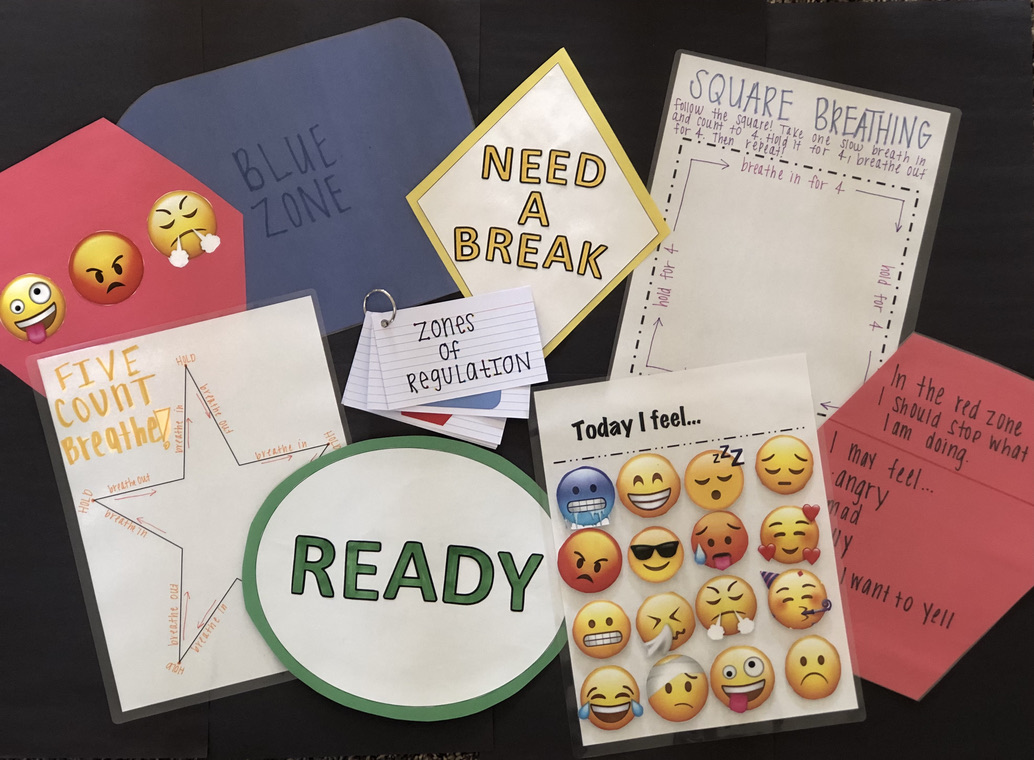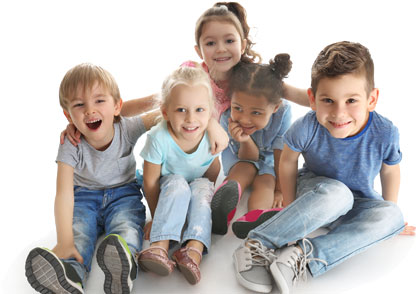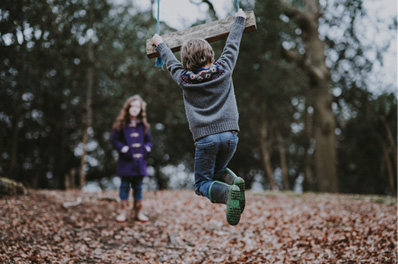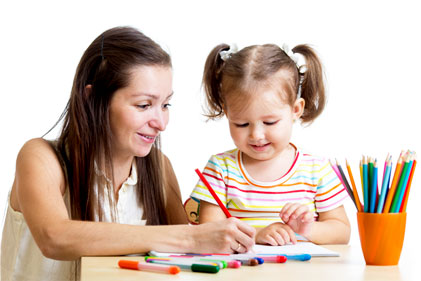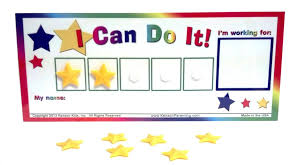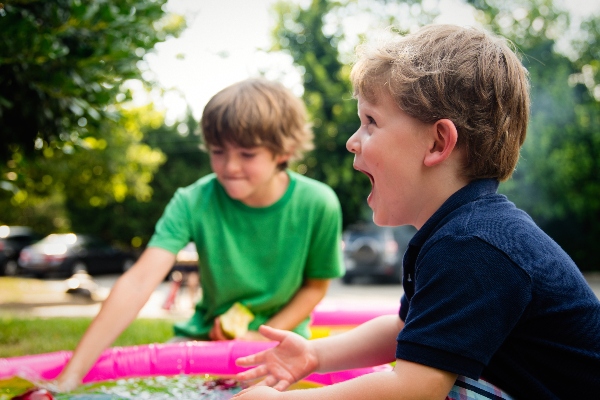There are several challenges our kids with autism face on a day to day basis – emotional regulation being one of them. Being able to regulate our emotions involves the understanding of exactly how we feel, why or what happened that made us feel that way, and how to move on or react to it. This skill is crucial to them. We know that ASD is associated with increased emotional responses and poor emotional control however, how do we teach them how to handle these situations?
It is important for therapists and parents to educate our children about how to express how they feel. We need to show them that feelings come in different sizes and different forms but there is always a way to help manage how they are feeling. Our typically developing individuals have the ability to identify an emotional state, evaluate consequences for decisions to move forward, and make a decision on how to react moving forward. Our kids with autism tend to have larger emotional reactions and increased difficulty of shaking negative feelings. What this means is that children with autism will have a larger and more intense emotional reaction to something that may not require it. They’ll make a mountain out of a molehill sort to speak. This floods them with tons of negative feelings that they will focus on for far longer than they should.
 The Zones of Regulation is a great concept to practice with our kids. Each zone is both a main feeling and color that is associated with it. Within each zone there is an umbrella feeling with several other feelings that fall within. For example, the yellow zone corresponds with needing a break. To help identify if you’re in that zone or not you can go through what feelings are associated with the yellow zone. Yellow zone feelings include being nervous, surprised, tired, confused, or silly. This will act as a visual guide to help children identify what zone they are in based on how they feel and what feelings fall within each zone. This is a great coping tool to keep handy! Take a look at ours.
The Zones of Regulation is a great concept to practice with our kids. Each zone is both a main feeling and color that is associated with it. Within each zone there is an umbrella feeling with several other feelings that fall within. For example, the yellow zone corresponds with needing a break. To help identify if you’re in that zone or not you can go through what feelings are associated with the yellow zone. Yellow zone feelings include being nervous, surprised, tired, confused, or silly. This will act as a visual guide to help children identify what zone they are in based on how they feel and what feelings fall within each zone. This is a great coping tool to keep handy! Take a look at ours.
You can also create one with no visuals for our higher functioning learners!
 It also may be useful to keep a travel sized regulation visual to bring on the go! Being in unfamiliar or non-preferred surroundings can bring heightened emotions for our kids. Having a visual on the go can help them stay consistent in identifying their emotions and remind them what they can do to cope with these feelings.
It also may be useful to keep a travel sized regulation visual to bring on the go! Being in unfamiliar or non-preferred surroundings can bring heightened emotions for our kids. Having a visual on the go can help them stay consistent in identifying their emotions and remind them what they can do to cope with these feelings.
We can teach our kids that these feelings will pass. In helping them to understand this we can incorporate past feelings, current feelings, and even present feelings. This can show our kids that although yesterday I was super frustrated because I tripped over my shoelace, ripped my pants, and cut my knee- that event is in the past and not a thought in my mind anymore. We can discuss that although I may be mad that i’m inside cleaning my room right now, future feelings may include being happy and excited because when I am done I get to go play outside.
There are several resources that can carry over into the home for you to work on with your little, or even big ones! One successful resource is the five point scale. This scale requires the individual to rate how they are feeling by using a 1-5 scoring system. 1 being a minor problem and 5 being intense feelings of madness. They then would move on to state what happened that made them feel that way, explain what it looks like, and problem solve to figure out what they can do instead. This is an individualized chart and can be used with all problems and feelings.
My Own Five-Point Scale

Another resource that will help our kids calm down and deescalate strong feelings is a breathing pattern! Our higher functioning learners may be able to take deep breaths independently but our younger guys may need some assistance. Breathing exercises can easily be associated with a visual for kids to follow along with while they are practicing the breaths. They are super easy to make on your own. Check out a couple below!

 Zones of Regulation and identifying emotions can be practiced daily with both preferred and non-preferred activities. Why will my child need to identify how they are feeling during a highly preferred activity you may ask? Well, even during highly preferred activities such as playing their favorite game with a sibling or peer may present with getting upset or mad. Children struggle with tolerating losing, not being first in line, or even waiting to take their turn. These skills may cause troubling behaviors due to overwhelming emotions they do not know how to identify or even handle. Having a visual interchangeable sheet of emotions handy can help with this. The visual can be used throughout the entire day, and allow the child to change the emotion or feeling themselves whenever and how often they need to!
Zones of Regulation and identifying emotions can be practiced daily with both preferred and non-preferred activities. Why will my child need to identify how they are feeling during a highly preferred activity you may ask? Well, even during highly preferred activities such as playing their favorite game with a sibling or peer may present with getting upset or mad. Children struggle with tolerating losing, not being first in line, or even waiting to take their turn. These skills may cause troubling behaviors due to overwhelming emotions they do not know how to identify or even handle. Having a visual interchangeable sheet of emotions handy can help with this. The visual can be used throughout the entire day, and allow the child to change the emotion or feeling themselves whenever and how often they need to!
Need a little extra help? Contact us to find out which services are right for you!

